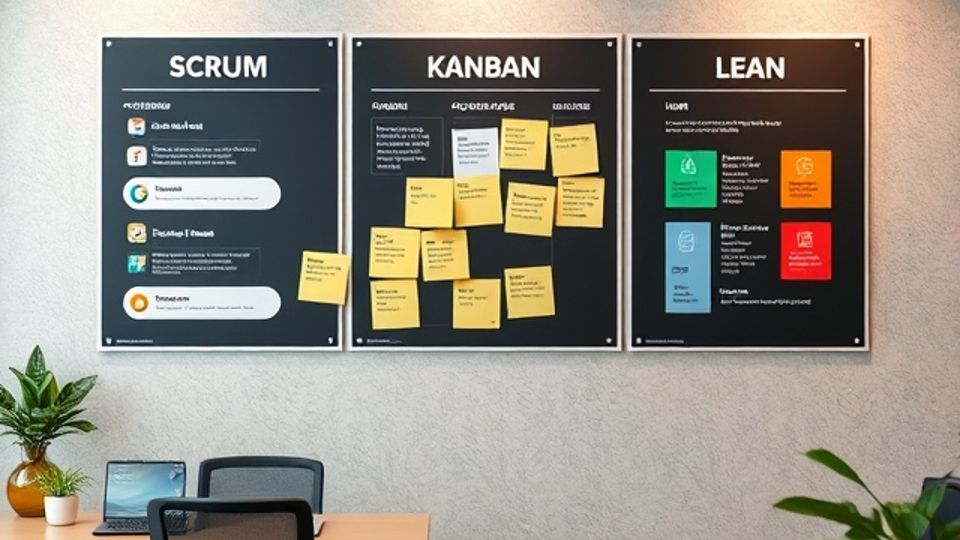What are Different Project Management Techniques?
Project Management techniques refer to methodologies or approaches used in executing projects for effective performance. These are techniques that help a team manage its resources, such as time and tasks, in the most appropriate manner to achieve goals on schedule and within the budget.
Some of the Popular Techniques in Project Management include
Waterfall Project Management
Overview: It is a linear and sequential approach wherein each phase of the project must be complete for the next one to start. The best projects that fit into this kind of project management methodology are those with well-defined goals and deliverables.
Benefits: It allows clarity because, right from the outset, the entire project timeline is already preplanned, each of its stages having specific deadlines and outputs.
Agile Project Management
Overview: Agile is flexible and iterative; the backbone of this methodology rests on small, incremental releases of any project, hence allowing changes throughout the life cycle of a project. Agile is about software development but can be applied to any project.
Benefits: Agile allows teams to immediately react to changes with benefits in product quality and customer satisfaction by means of customer feedback integration during the process.
Scrum
Overview: Scrum is a framework within Agile that divides work into short "sprints" or iterations, which then enable regular reviews and adjustments. It contains clearly outlined roles, including Scrum Master and Product Owner, and maintains daily meetings, or standups, for tracking purposes.
Benefits: Scrum teams are working more effectively and transparently, with frequent setup of updates, and thus continuous improvement.
Kanban
Overview: Kanban is a visual project management methodology that uses a board divided into columns to track the different stages of a workflow, such as To-Do, In Progress, and Done. Moving tasks from column to column represents how far tasks are in their completion.
Benefits: This approach gives one clear visibility into the ongoing project and helps limit work in progress so as to enhance efficiency with reduced bottlenecks.
Lean Project Management
Overview: Lean project management is all about waste reduction and Value focusing, done by streamlining processes. It boosts efficiency, therefore, by eliminating steps that are redundant, while focusing the resources and time on the most valued tasks.
Benefits: Lean techniques guarantee cost-saving quality and accelerated project delivery.
Why Vabro Is Better?
Vabro allows room for several project management techniques, from Agile to Kanban and Lean. In Vabro, each team can tailor its workflow to the methodology that best makes sense for it. Its intuitive interface, with automation possibilities, makes managing projects easy regardless of the technique one uses. Take a closer look at Vabro's flexible capabilities on the Features page, and learn about how it can improve your workflow on the Why Vabro page.
Conclusion
Indeed, the art of choosing the right project management technique surely dictates the success or failure of projects. Techniques like Waterfall, Agile, Scrum, Kanban, and Lean all provide unique benefits that, if applied properly, could cater to different types of projects. Vabro, being able to bundle all these techniques onto one platform, can confidently be hailed as an ideal solution for any team willing to manage their projects in an efficient manner.
